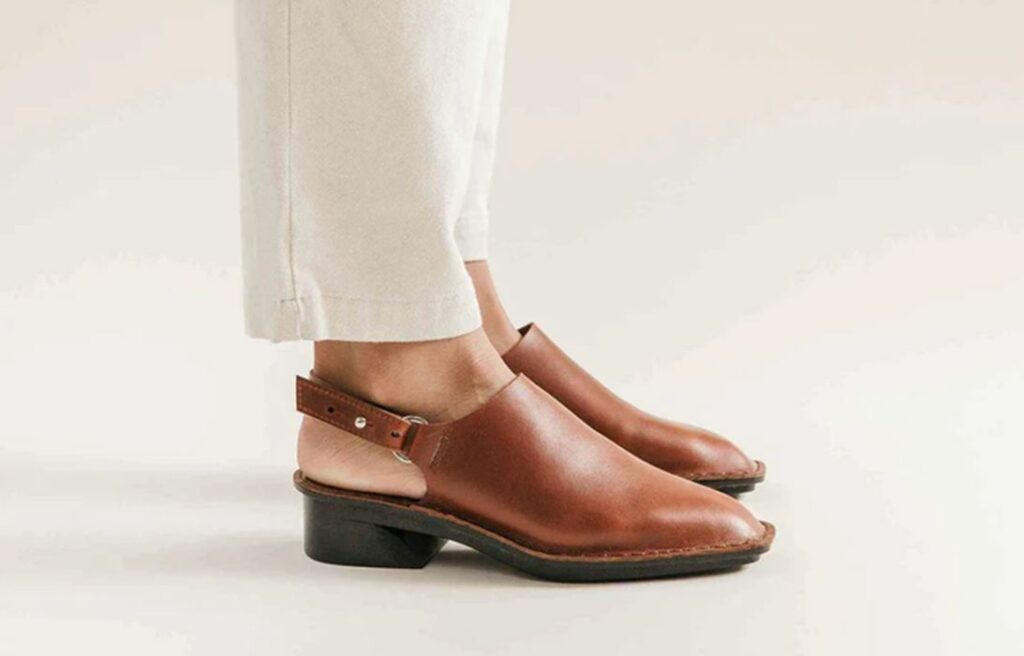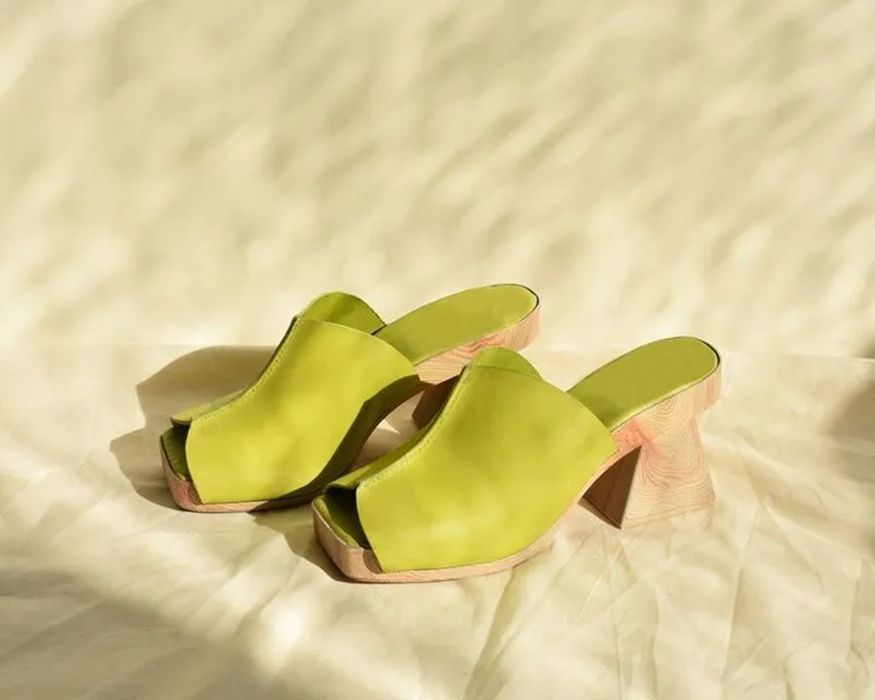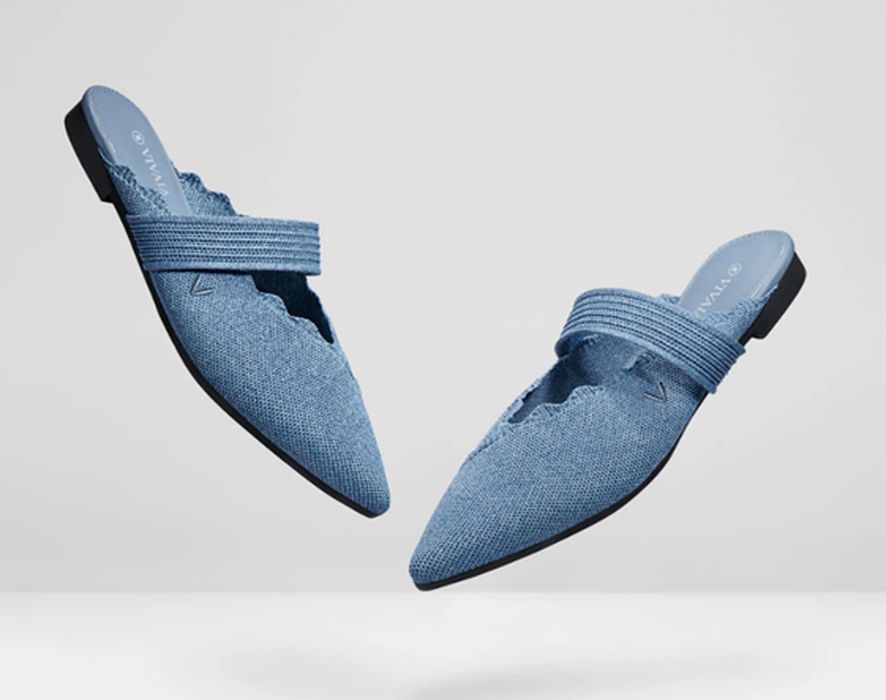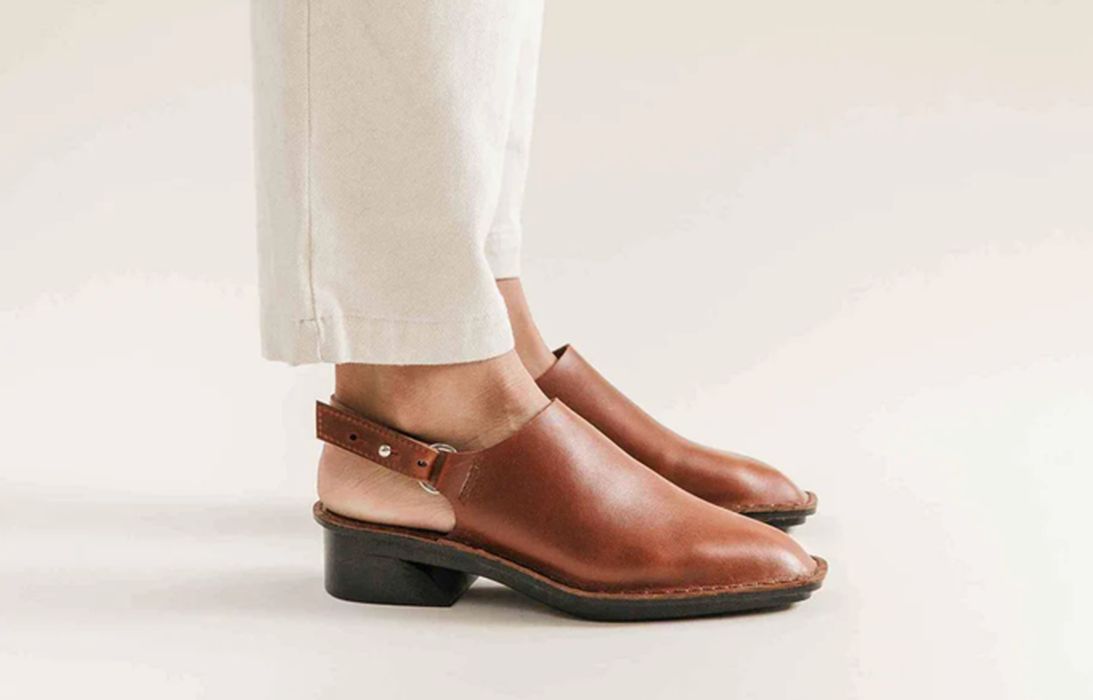
Charles R. Goulding and Preeti Sulibhavi look at a new footwear fashion trend and its relationship to 3D printing.
The fashion industry is seeing a resurgence in mules.
Mules are not a new trend but they are often incorrectly identified as clogs. The difference between a mule shoe and a clog is that clogs have platform soles with lower heels and mules can be higher heeled with no platform base. Clogs are generally made with tougher or harder materials than mules, which can be soft and flexible and even made of canvas material. Mules tend to be considered more formal footwear.
The footwear industry was estimated to be worth US$106B in the year 2021.
3D printing is not new to the fashion and accessories industry. In fact, we have written about how 3D printing is being utilized by various footwear and sneaker brands worldwide, including Puma. Whether it is a pair of Crocs, New Balance sneakers, or a pair of Allbirds sustainable footwear, 3D printing is definitely disrupting the footwear industry and we have specifically covered this trend on Fabbaloo in recent years.
But it is not just the shoe that is of importance to today’s consumers and shoppers. There are other factors that today’s consumers are concerned about including sustainability, comfort and the company’s environmental, social, and governance (ESG) standards to name a few.

Mules are making a comeback this summer and companies such as HILOS are bringing 3D printing to the forefront of this trend. HILOS shoes combine high-tech 3D printing with eco-friendly materials and processes to produce a stylish yet sensible shoe.
Companies such as Vivaia, founded in 2020, which is focused on stylish and sustainable footwear as well, are using recycled materials and 3D knit technology for their eco-friendly (zero-waste) footwear as well. Because Vivaia shoes are made with various recycled and discarded materials (including plastics) along with wool, the company uses a high-tech 3D knitting machine that contains their proprietary design method and algorithmic processes.

Shoes have adapted to changing times. In these times, 3D printing can bring the footwear industry up to speed.
The Research & Development Tax Credit
The now permanent Research and Development (R&D) Tax Credit is available for companies developing new or improved products, processes and/or software.
3D printing can help boost a company’s R&D Tax Credits. Wages for technical employees creating, testing and revising 3D printed prototypes can be included as a percentage of eligible time spent for the R&D Tax Credit. Similarly, when used as a method of improving a process, time spent integrating 3D printing hardware and software counts as an eligible activity. Lastly, when used for modeling and preproduction, the costs of filaments consumed during the development process may also be recovered.
Whether it is used for creating and testing prototypes or for final production, 3D printing is a great indicator that R&D Credit eligible activities are taking place. Companies implementing this technology at any point should consider taking advantage of R&D Tax Credits.
A Definite Shoe-In…
While companies are utilizing 3D printing more effectively now, it is also important to consider other factors. Consumers no longer want footwear that they wear once and throw away or donate a while later. Factors such as re-usability (machine washable), sustainability, and the waste produced from making these shoes all impact a buyer’s decision these days. 3D printing can help achieve these goals.

